A sure-fire way to engage email subscribers is with dynamic email content. Tailoring an email to the subscribers’ wants, likes, and needs will encourage them to engage with the content more, as it’s something they will be interested in, making them more likely to convert.
Read on to discover how you can harness the power of dynamic email content to create the most engaging and personalized emails to keep your customers coming back for more.
Why use dynamic email content?
Dynamic email content gives you all the power of highly targeted and engaging content but saves huge amounts of time in setup, maintenance, and management—leaving you more time for marketing. Dynamic email content lets you personalize email copy and images down to the individual recipient level by using simple dynamic content blocks. For example, if someone has browsed a certain item in your online store, and you have that information in your ESP platform, you can then use dynamic content to display the item in an email. Simply, it’s an easy solution to create a truly personalized experience for your subscribers.
Improving email engagement rates with dynamic content
Collect your data
You can have the best ideas for your email strategy, from personalization to product recommendations, but none of this matters without data. You need to ensure that you collect customer data like you’re mining for gold, as that’s what it is—a marketers’ gold! Once you have customer details, the personalization and dynamic content possibilities are endless.
Segment your audience
You’ve struck data gold, what now? You need to segment that data. There’s no use sending an email for smart men’s suits to a millennial looking for summer vacation looks. By segmenting your data, you can ensure that you’re always marketing the right product to the right person. There are many different ways to segment data—gender, age, location, and even how engaged they are with your emails.
Customize your messaging for each segment
Ensuring your messaging will resonate with each segment is key. To not customize your messaging after you’ve collected all that data and segmented it is a total waste of time and resources. To effectively market to each segment, ensure the content is relevant, the copy is reflective of that segment’s interests, and most importantly, the emails contain products you know will be of interest to the recipient.
Types of dynamic email content
Web-based product content
You can display live content based on “most viewed,” “most purchased,” or “most added to cart” based on live site activity. You can choose to display a stream of products from all categories, control the category manually, or even combine it with CRM data.
Product recommendation-based content
You can create product bundles that are based on site-wide data and product characteristics. Products are grouped together based on shoppers with similar behaviors who went on to view or purchase. This includes “frequently bought together” and “similar items.”
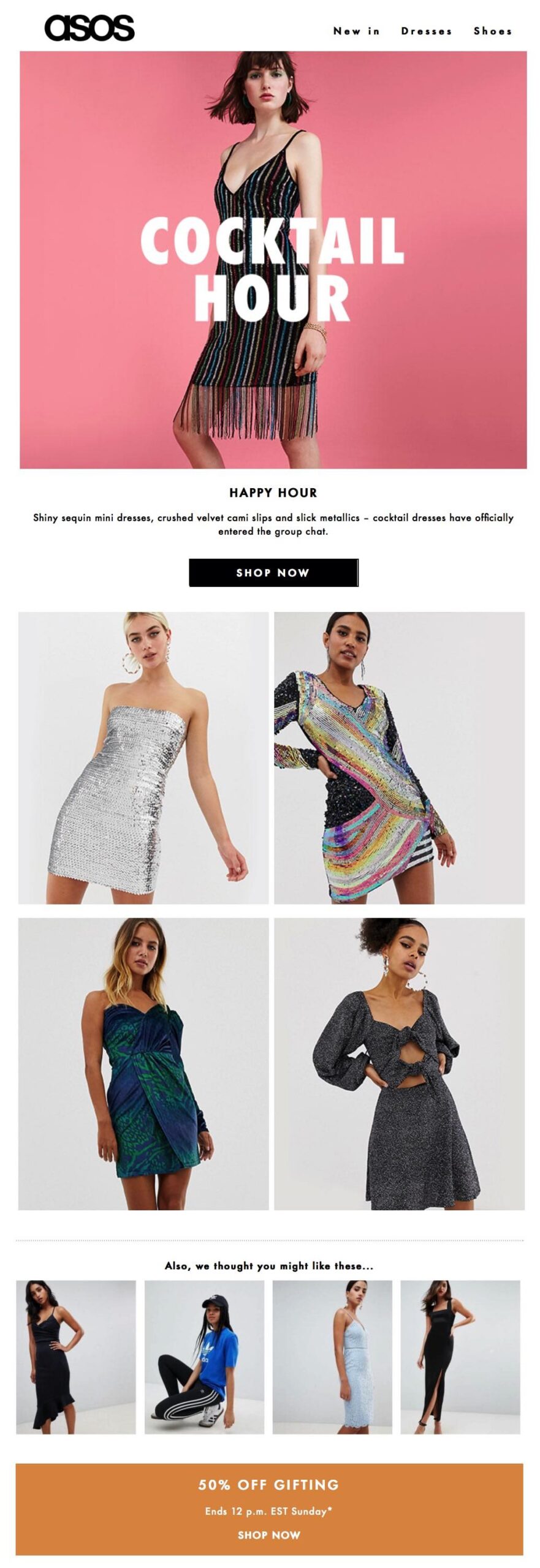
Individual product recommendations
You can send emails containing personalized recommendations for each known individual. Each email opener will see products tailored exactly to them, based on their specific site behavior and product data. For example, you can show “recently purchased,” “recently added to cart,” and “individual recommendations,” ensuring the email experience is as personalized as it can get.
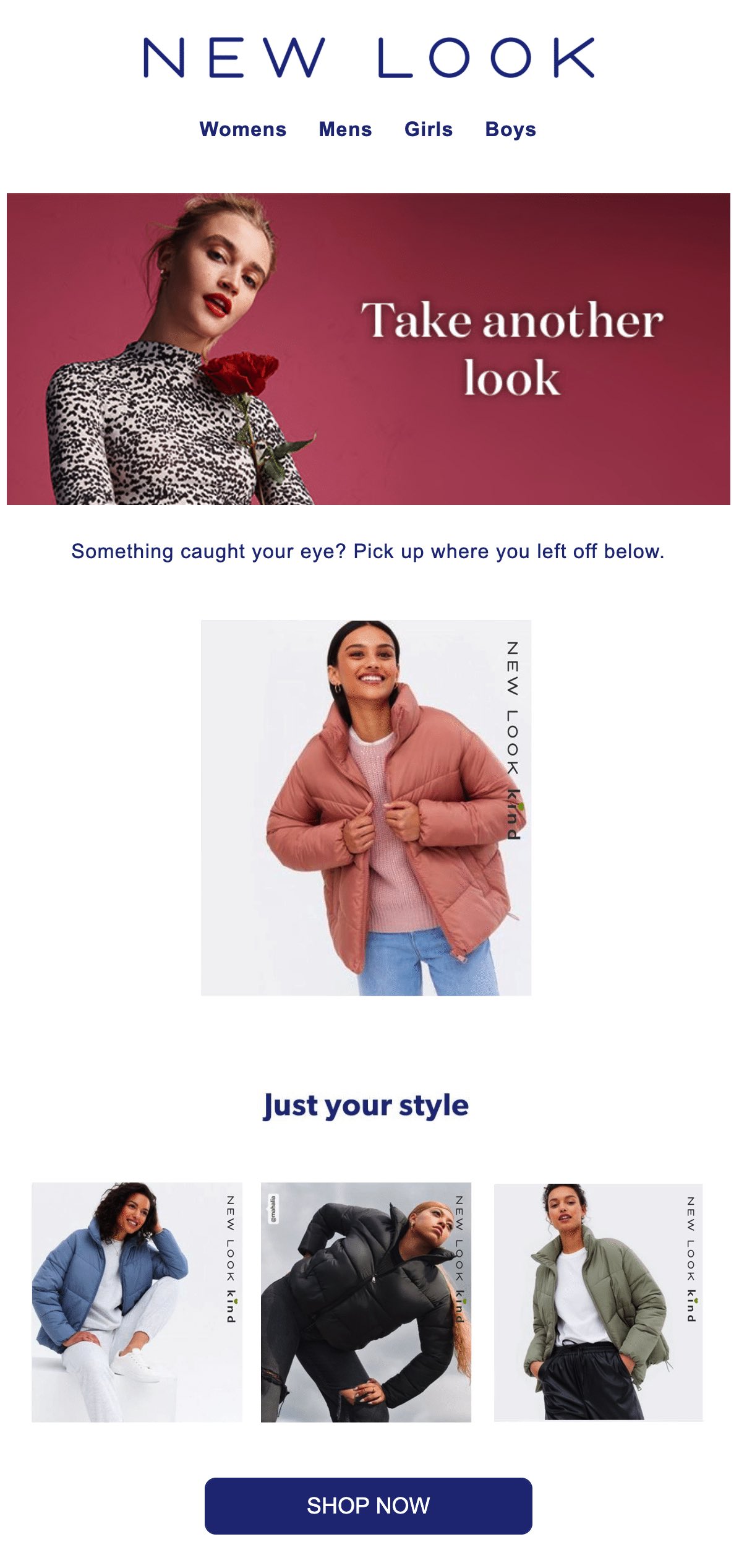
Open-time content
Open-time content is a great way to show email recipients the most up-to-date information. You can include elements such as countdown timers, live weather reports, social signals to show likes, shares, and views on social media, and even timed deals that change and entice openers to come back to the same email time and time again.
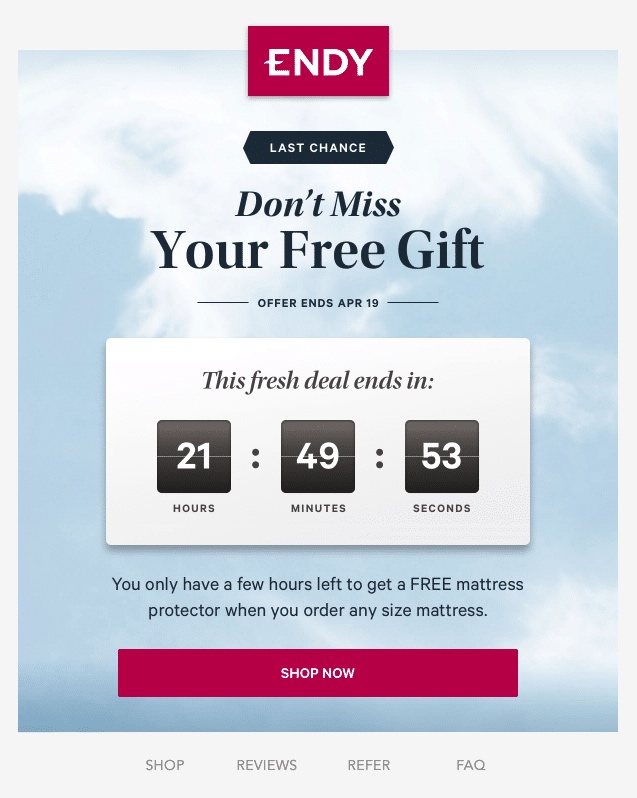
Personalized content
The easiest way to use dynamic email content to your advantage is with some simple personalization. Including a recipient’s name in an email subject line, or in the body of the email, is a great way to make a customer feel valued. Using a personalized image—including names, birthdays, star signs, and other information about the individual will add a level of personalization to emails that feel unique.
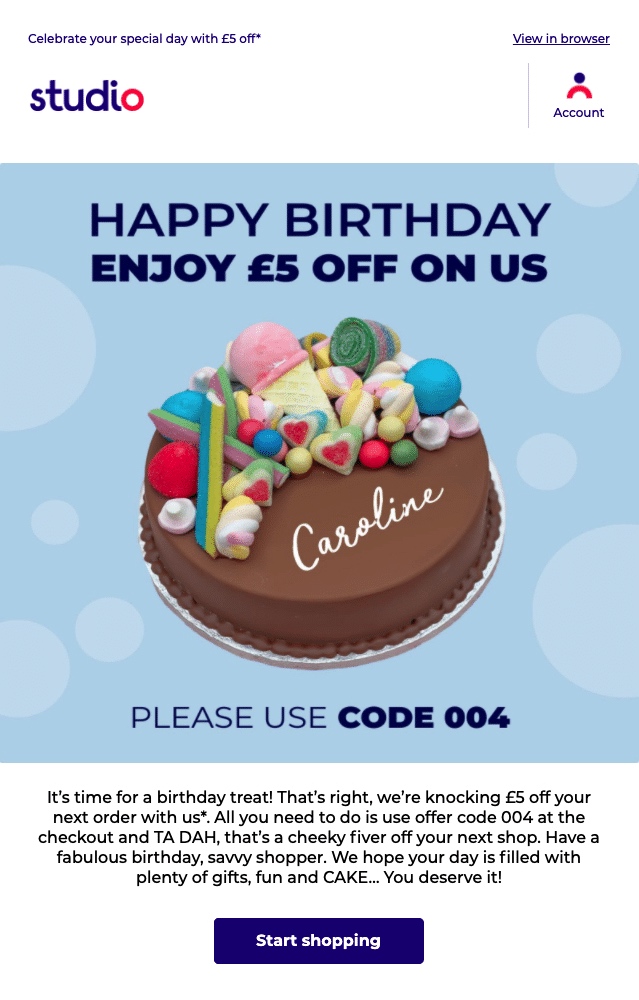
Bring value to the customer
Dynamic email content is about bringing value to the customer, not to the brand through personalization. Value to the customer is the first priority and should be determined by the individual doing the browsing. To truly add value to your business, you need to consider the unique profile of each individual customer.
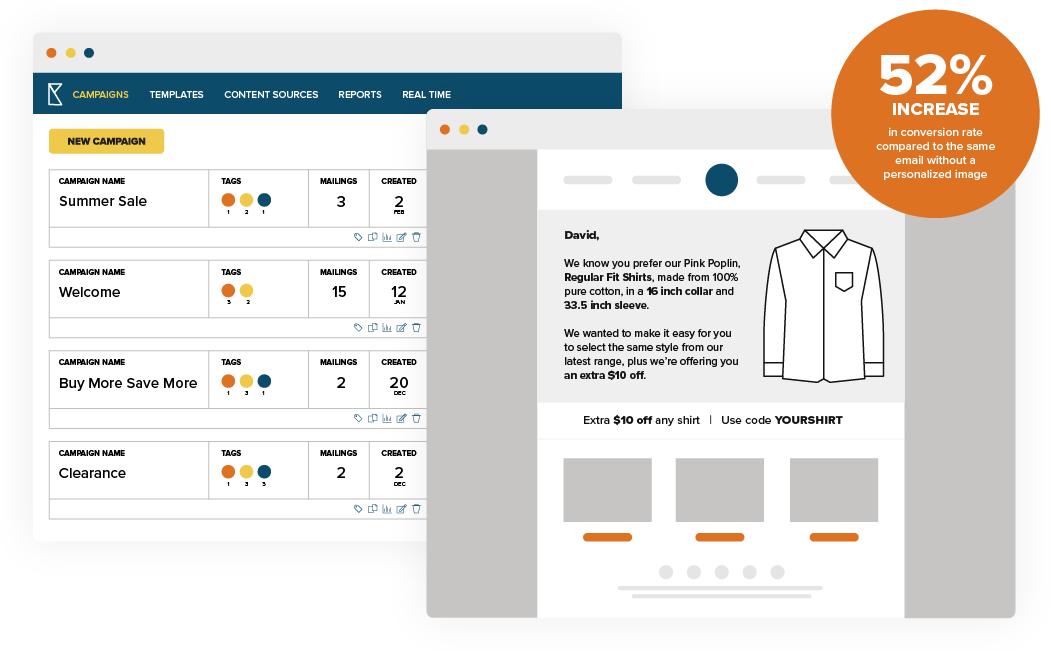 | Create individualized email experiences at scale Get powerful results with uniquely personalized, engaging email experiences that boost customer loyalty and drive revenue with Litmus Personalize, powered by Kickdynamic. |
The post How to Use Dynamic Email Content to Increase Engagement appeared first on Litmus.

